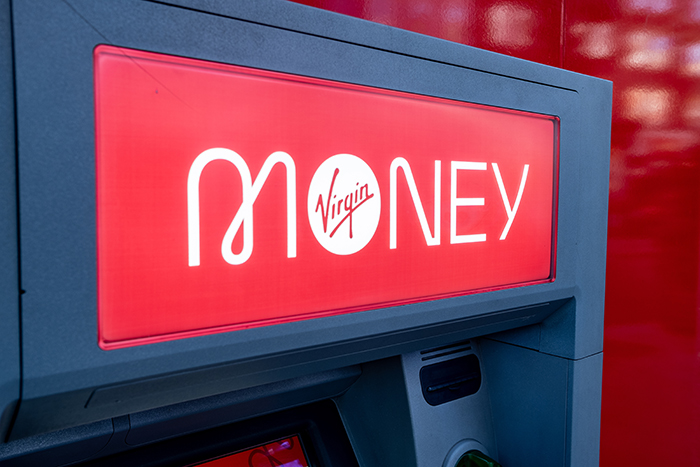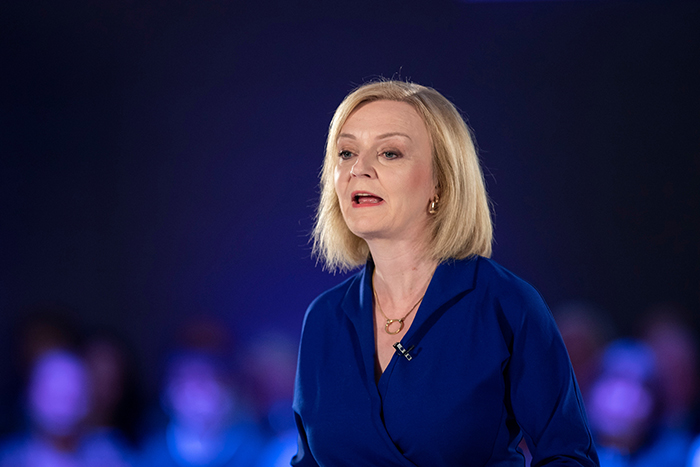
The commercial property sector remained subdued in the first quarter of 2023, although there is a more positive outlook for both the industrial and prime office segments of this market, according to the Royal Institution of Chartered Surveyors (Rics).
Its last commercial property monitor shows difficulties remain as the sector continues to contend with higher borrowing costs and a slow economic growth outlook. This is particularly affecting demand in the ‘secondary office’ and retail elements of the commercial property market.
However, Rics says the overall tone is not as downbeat as last quarter. While a majority of respondents still view the market to be in a downturn, a rising share now feel conditions are stabilising, or beginning to improve, according to Rics. It says the industrial sector in particular has seen renewed momentum.
The headline net balance for tenant demand came in at -3% (net balance) in Q1. Although this is a mostly flat picture this is a positive improvement on -20% (net balance) in the last quarter of 2022. Within this, the industrial sector saw a pick-up in occupier demand, registering a net balance of +16% vs +6% in Q4.
Meanwhile, tenant demand was flat to marginally negative for office space (net balance -6%) and continued to fall across the retail sector (net balance -23%). Even so, in both instances, this was less negative than in the previous quarter and prime offices are more positive.
Looking at the outlook for rental income in the sector, the net balance of respondents predicting an increase in prime industrial rents over the next twelve months rose from +40% in Q4 to +58% in Q1, and from +6% to +23% for secondary industrial rents.
By way of contrast, the outlook for rents remains negative for prime and secondary retail outlets.
For the office sector, there remains a stark contrast between prime and secondary, with the former expected to see solid rental gains (net balance +29%) while rents are seen falling across the latter (net balance -37%). Anecdotal remarks continue to cite ESG factors as an important driver of demand for some offices.
Rics senior economist Tarrant Parsons said: “Although the picture across the UK commercial property market remains generally subdued, the latest survey feedback tentatively suggests that the most difficult period for the market may now have passed.
“Indeed, capital value expectations for industrial assets returned to modestly positive territory having fallen sharply at the end of last year. This improvement has been supported by still solid occupier conditions across the sector, with demand for industrial space continuing to outstrip supply.
“Likewise, many of the more alternative sectors such as aged care facilities, life sciences, data centres and student housing display a resilient outlook for the year ahead. By way of contrast, secondary office and retail properties continue to struggle, evidenced by rental and capital value projections remaining deeply negative across both segments for the coming twelve months”.



